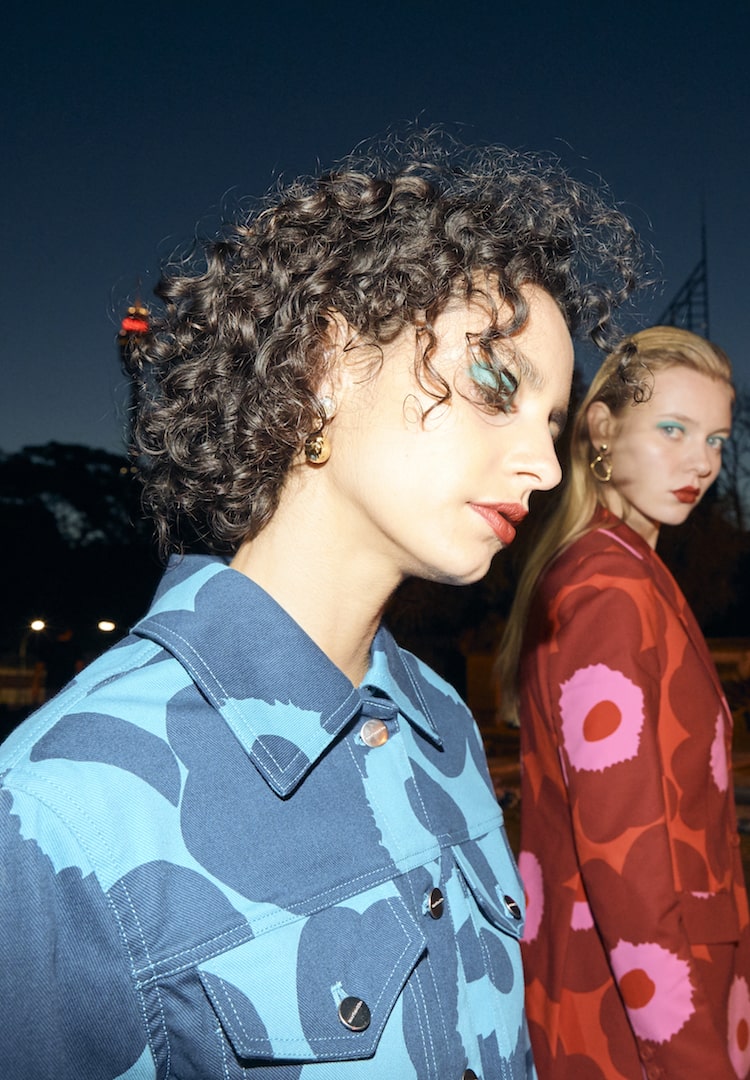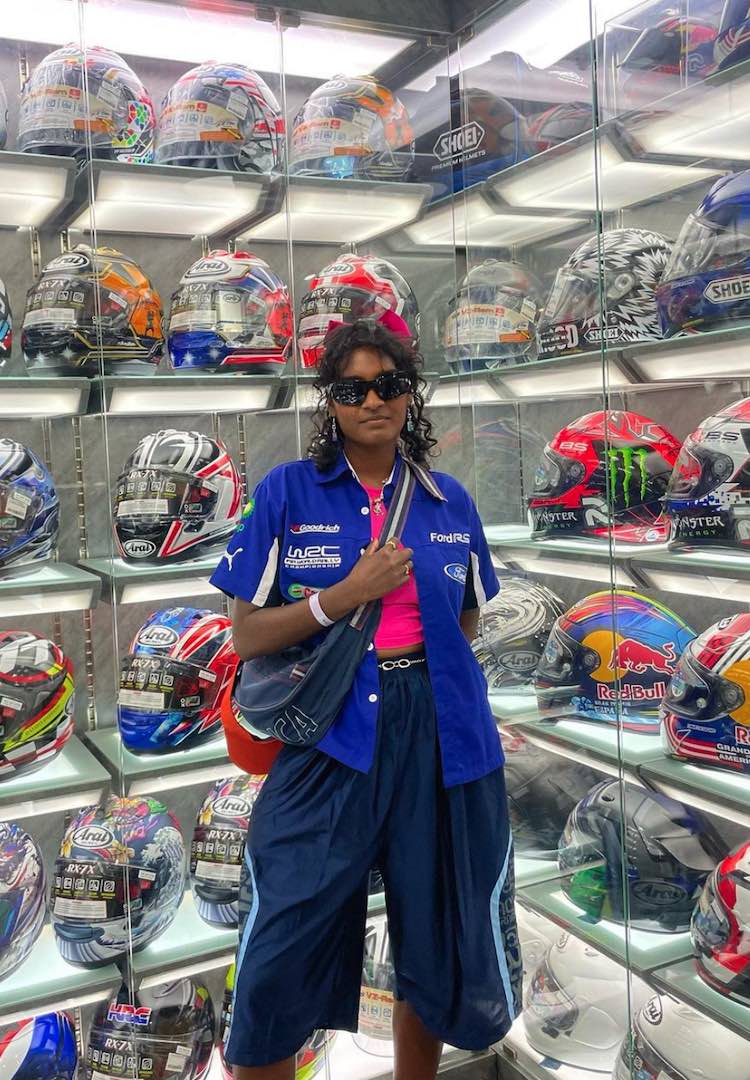What exactly is a genuinfluencer, and how are they making an impact?
Image by @rumineely/Instagram
Words by Sheena McGorlick
The influencers of the future being paid for their social civic duties.
I was first introduced to the world of influencers back in 2006 through Fashion Toast, started by the now-renowned Rumi Neely. Back then, Fashion Toast was a blog (a word that was fairly new to society) and Rumi wasn’t even considered an ‘influencer’ because the term was in its extreme infancy.
Fashion Toast was nothing like I had ever seen before. It was full of carefully curated content that was highly aspirational and aesthetically beautiful but at the same time, extremely relatable. To me, Rumi was the new ‘it’ girl. The fact that she wasn’t a celebrity and her lifestyle seemed attainable was the reason so many others around the globe were in awe of her. She was the start of an evolution.
Looking for more thought-provoking reads? Try our Life section.
Fast forward to 2015, where the inception of visual platforms like Instagram and Pinterest saw the transformation of the blogosphere,and the term ‘influencer’ became a word you’d hear daily. At the time, the influencer economy included a mixture of bloggers and social media stars who were celebrities in their own right.
The influencers at the forefront of this phenomenon appeared to be everyday people that now, had a platform. And as the number of Instagram users grew, so did the power of influencers. Social media platforms were quickly saturated with copy-pastes of the original bloggers like Fashion Toast, Theyallhateus, Style Bubble and The Blonde Salad. Millions of ‘no names’ became social media sensations overnight due to the rise of Instagram and the power of a strong following.
But these days, that breed of ‘traditional’ influencer is met largely with eye rolls, thanks to the unrealistic lifestyles displayed on their feeds and the homogenous content we scroll through day after day. Audiences are fatigued by a lack of substance from these accounts, and sceptical due to the flood of products continuously being pushed by them.
The traditional influencer is no longer seen as a trusted advisor, particularly after we all lived through 2020. I can’t keep track of how many influencers I unfollowed last year due to their lack of sensitivity and tactless behaviour.
Yianni Giovanoglou, Trend Specialist at WGSN, agrees that society is moving away from these types of influencers. “I think that pre-pandemic, we had already reached a kind of saturation point, where there was (and still is) a certain kind of cringe factor associated with the traditional model of what it means to be an influencer. This has only been accelerated post-pandemic. In some cases, that word sends shivers down some people’s spines, and it’s because of the negative associations that come with [the term ‘influencer’].”
When asked what’s driven the shift in influencer-centric discourse, Yianni is of the opinion that it’s due to the original influencer model not being sustainable for audiences, platforms and the influencers themselves, particularly in the long term. As a collective, we’re now having more open discussions around things like social injustice, mental health, visual diets and unrealistic expectations.
“Mental health is no longer taboo, nor does it just touch those in unfortunate circumstances,” Yianni explains. “Gen Z – who are about radical inclusivity, sustainability, protest and acceptance, as well as having frank discussions around issues of pronoun culture, mental health, trans rights, body positivity, racial inequalities, spirituality, addiction, etc. – are really making it easier for people to feel comfortable to be themselves.”
In 2021, we’re seeing the rise of a new breed of influencer: the genuinfluencer. The term was coined by WGSN as one of its key trends for 2021, according to the organisation’s latest trend report. Yianni describes these new influencers as people who are genuinely out there to educate and share what they’ve learnt.
“They offer transparency, truth and clarity. In some ways, they are the new journalists.”
Genuinfluencers can come in the form of advocates, thought leaders or creators, and are usually well-read on a certain topic. They’re able to influence with authority, expertise and authenticity, raising awareness for particular social causes or issues of concern in order to educate and motivate their followers.
These influencers are making such a huge impact on society that in some countries, they’re being paid by the government for their influence. Take Finland for example, where 1,500 influencers were paid during the pandemic to spread important information to the public. The reach of these accounts is just as big as that of mainstream media, if not bigger, so the government enlisted them to reach population groups that don’t consume traditional media.
Similarly, in the UK, the government spent £63,000 paying 42 social media influencers to post about Test and Trace. These influencers had between 9,000 and 1.6 million followers at the time of posting, and other users interacted with their posts a total of 81,963 times. WGSN believes this new type of storytelling will naturally and seamlessly integrate with genuinfluencers’ everyday lifestyle content, feeling less like advertising and more like peer-to-peer communication, with a focus on learning over likes.
While we’re not privy to any government payments to influencers in Australia, it’s evident we’re surrounded by genuinfluencers that are making an impact locally.
“The only way forward in this post-pandemic world is through equality for all. We have to have open, honest discussions about these issues, otherwise we are complicit in allowing the injustices to continue. These new influencers are using their platforms to help us have these conversations and bring awareness to these issues,” says Yianni.
While the traditional influencer is certainly here to stay (teeth whitening brands rejoice), the influencer evolution is definitely moving in the right direction, given the power that these genuinfluencers hold. We’ll likely see these influential leaders gaining more and more trust from their communities, allowing them to remain as important disseminators of information.
The lines can still be blurry when it comes to identifying which influencers are genuine and which are not, given many traditional influencers are moving towards playing an advocate role. However, we should celebrate the fact that genuinfluencers are evolving at a rapid rate, and will probably be taking over the spotlight in 2021 by using their platforms for the good. After all, good is the new cool, and I’m here for it.
Learn more about the genuinfluencer movement here.










